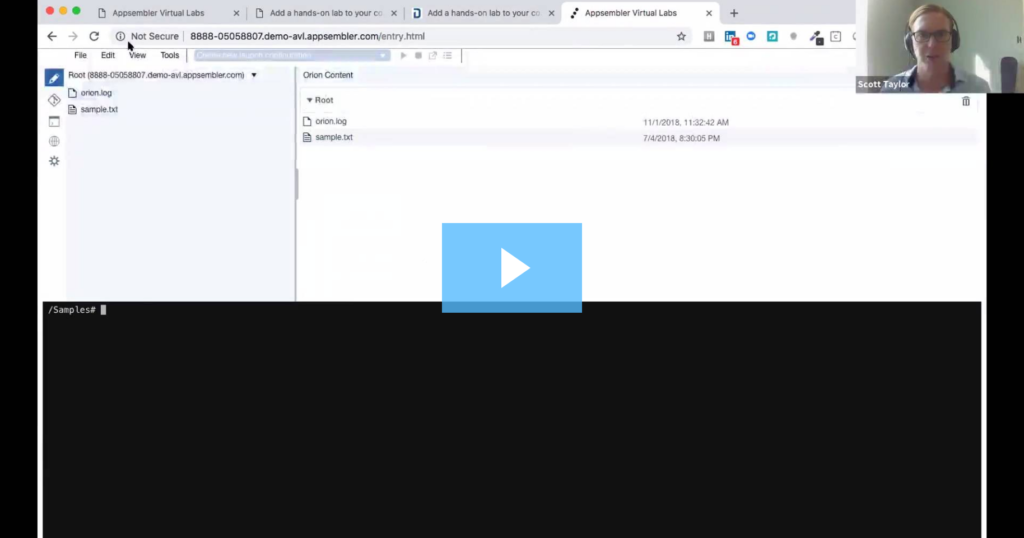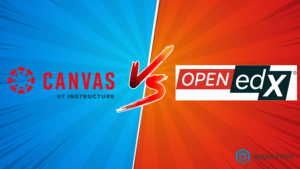Virtual Software Labs: Recorded Demo
When it comes to learning new technical skills, nothing is as effective as hands-on, immersive training. How do you skip the IT headaches and easily provide your learners with hands-on training? Watch this recorded 30-minute product demo of virtual IT labs. You’ll learn how to transform your customers into power users, boost product adoption, and maximize ROI with virtual software labs.
Interested in a personalized demo? Let us know!
Getting started
Have questions about virtual labs? Get in touch!



